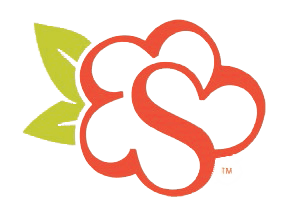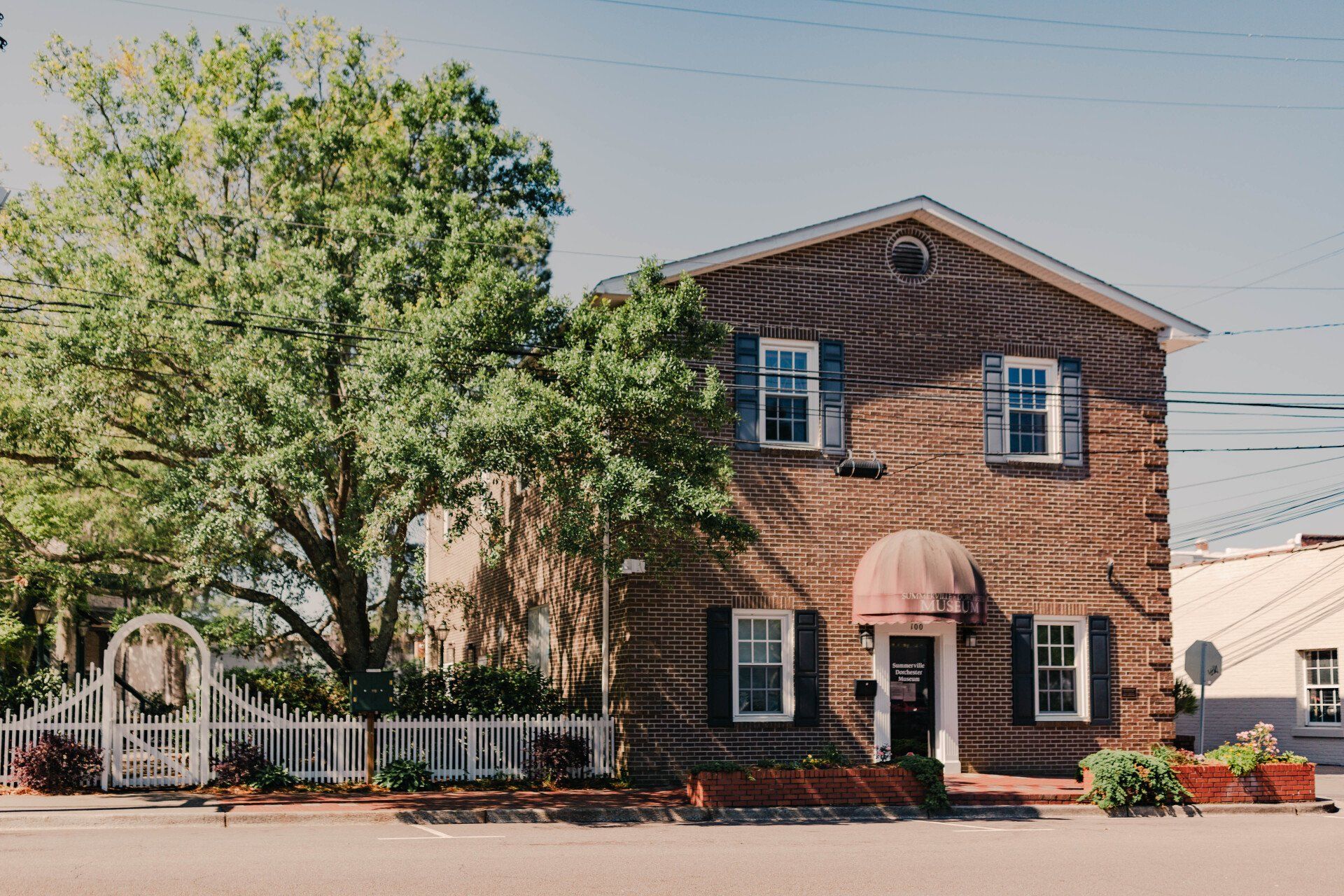
#1Summerville Museum and Research Center
100 E. Doty Street
• In the garden are specimens of tea plants from the Pinehurst Tea Gardens and the garden house of Saul Alexander, the immigrant tailor who became a wealthy benefactor for the town.
• A specimen of a long leaf pine rises behind the garden house. In maturity, this tree will rise to over 100 feet and after a few more centuries, will be five or more feet in diameter. Historically , the long leaf pine was the main cash crop of Carolina colony for about fifty years. The mural on the cistern depicts this lumbering which prompted the people of “New Summerville” to join with the people of the original village to incorporate in 1847.
• A solid brick ball was donated to honor the Black brick masons of Summerville. This significant group of highly skilled masons changed the face of Summerville with well-constructed brick roads, pathways, curbs and facades after 1910. The brickwork of this building and the large building next door are examples of the work of these men of Summerville.
• Inside the museum are many stories of individuals who helped make Summerville. One person is Catherine “Kitty” Springs, a woman of color who endured the indignities of the late 1800s Jim Crow era with grace and success. She was a hat maker and seller of children’s clothing who became wealthy and used her money to build schools for the disadvantaged at a time when there were no public schools in S.C.



